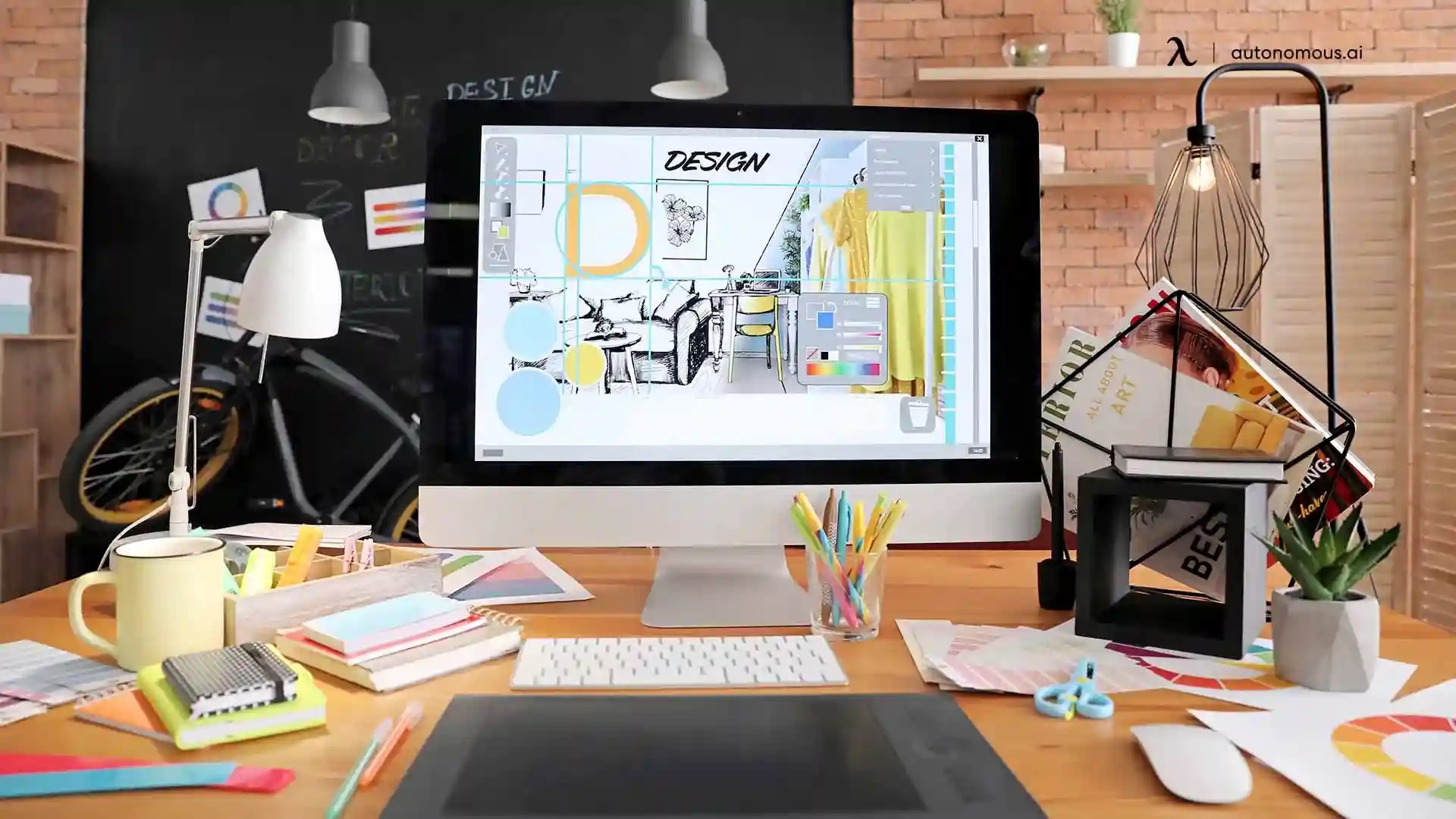The Importance of Usability Testing in UI/UX Design”

In the fast-paced world of digital design, designing visually appealing interfaces is only one aspect of the process.Equally crucial is ensuring that these interfaces are intuitive, efficient, and user-friendly. Here is where usability testing comes into play. For aspiring UI/UX designers looking to master the art of usability testing and enhance their design skills, investing in a comprehensive UI/UX design course in Mumbai is essential.
Understanding Usability Testing
Usability testing is the process of evaluating a product or system with a representative group of users. The primary goal is to uncover usability issues, gather feedback, and iterate on the design to improve the overall user experience. Unlike traditional testing methods that rely solely on designers’ assumptions, usability testing provides valuable insights directly from the target audience.
Ensuring User-Centric Design
One of the core principles of UI/UX design is placing the user at the center of the design process. Usability testing allows designers to validate their assumptions and design decisions by observing how real users interact with the interface. By understanding users’ behaviors, preferences, and pain points, designers can make informed decisions to create more intuitive and user-friendly experiences.
A well-rounded UI/UX design course in Bangalore will cover topics such as usability principles, testing methodologies, and best practices for creating user-centric designs.
Identifying Pain Points and Opportunities for Improvement
Usability testing helps uncover usability issues that may not be apparent during the design phase. Common issues such as confusing navigation, unclear instructions, or functionality errors can significantly impact the user experience and hinder user engagement. Through usability testing, these pain points can be identified early on, allowing designers to address them before the product is launched.
Iterative Design and Continuous Improvement
UI/UX design is an iterative process, and usability testing plays a vital role in driving continuous improvement. By incorporating feedback from usability tests, designers can refine and iterate on the design to enhance usability and address user needs more effectively. This iterative approach allows for a more agile and responsive design process, ultimately leading to better user experiences.
Building Confidence and Trust
Usability testing not only improves the user experience but also builds confidence and trust in the product or service. When users encounter a seamless and intuitive interface, they are more likely to trust the brand and continue engaging with the product. Conversely, a poor user experience can lead to frustration and distrust, resulting in users abandoning the product altogether.
Minimizing Development Costs
Usability issues discovered late in the development process can be costly to fix. By conducting usability testing early and iteratively throughout the design process, designers can catch potential problems before they escalate, saving time and resources in the long run. Additionally, addressing usability issues early on helps prevent negative user experiences that could damage brand reputation and credibility.
Improving Accessibility and Inclusivity:
Modern UI/UX design prioritizes inclusivity, ensuring products and services are accessible to consumers of all abilities. Usability testing is critical for detecting accessibility barriers and providing an inclusive design. Designers can identify usability difficulties with navigation, readability, interaction, and assistive technology compatibility by testing with a variety of user groups, including those with disabilities.
Best Practices in Usability Testing:
Define clear objectives: Set precise goals and objectives for the usability testing process. Determine the components of the UI/UX you want to test and what insights you hope to acquire from the sessions.
Recruit Diverse volunteers: Choose volunteers that reflect your target audience and represent a wide range of ethnicities, backgrounds, and skill levels. This guarantees that you receive input from a diverse range of users and can uncover usability issues that may impact distinct user segments.
Create Realistic Scenarios: Create tasks and scenarios that reflect consumers’ regular interactions with the product. Encourage participants to think aloud while they navigate the interface, which will reveal insights into their mental processes and decision-making.
Iterate and iterate: Usability testing is an iterative process that should be implemented throughout the design lifecycle. Iteratively modify and improve the UI/UX based on usability test results to ensure that the final product fulfills the needs and expectations of the users.
Combine Qualitative and Quantitative Data: In addition to qualitative input gleaned from observations and interviews, support your results with quantitative data such as task completion rates, duration on task, and error rates. This comprehensive approach offers a complete picture of the usability landscape.
By investing in your education and mastering the art of usability testing, you’ll be equipped with the skills and knowledge needed to create exceptional user experiences that delight users and drive business success.
In conclusion, usability testing is a critical aspect of UI/UX design that cannot be overlooked.By incorporating color psychology into their skill set, UI/UX design course in Pune graduates can differentiate themselves in the competitive job market and create impactful designs that resonate with users on a profound level.

